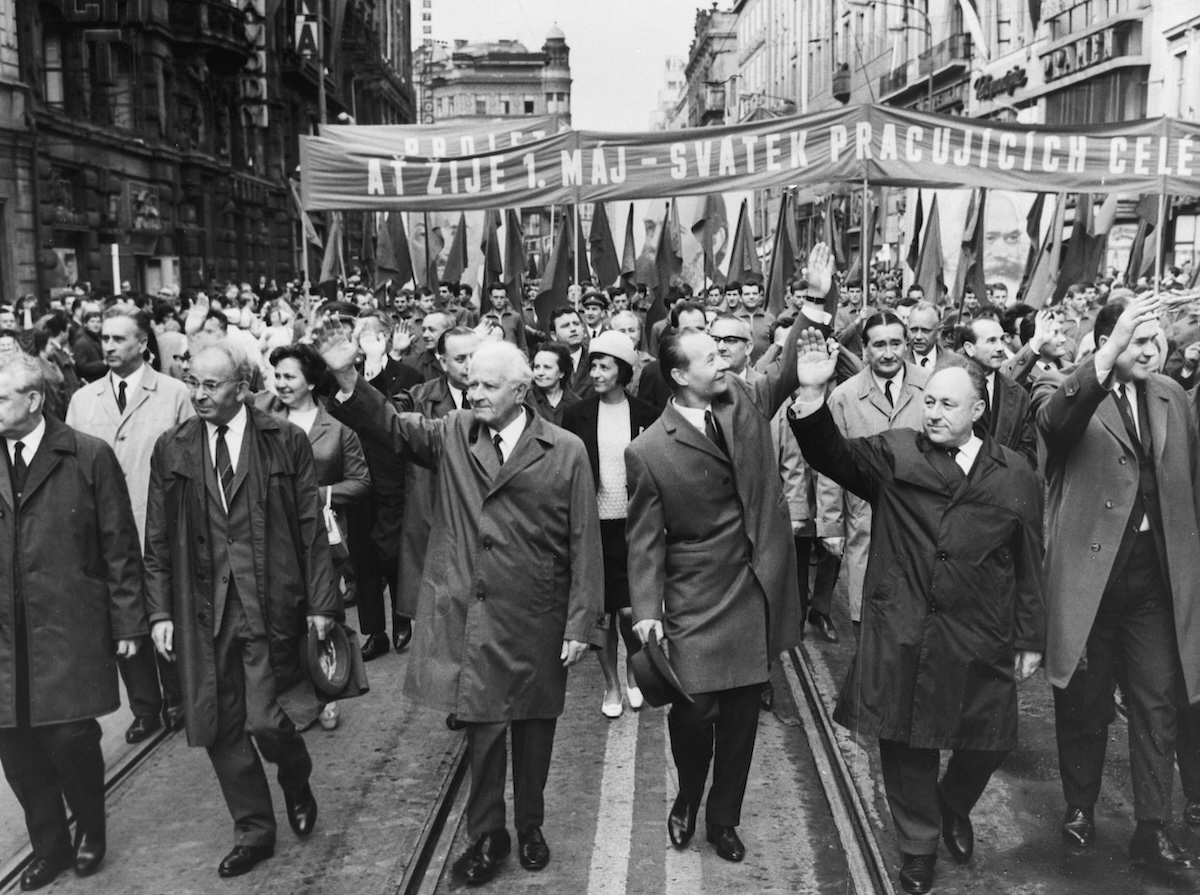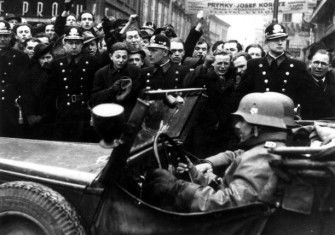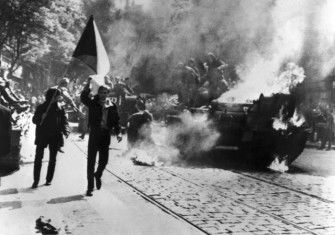Why the Prague Spring was Doomed to Failure
‘Socialism with a human face’ came head to head with the realities of Soviet communism during the Prague Spring of 1968.

The writer Milan Kundera made the world interested in the fate of Czechoslovakia. Scores of Westerners who did not learn about the events of the Prague Spring from school textbooks or mass media did recognise it as the historical backdrop to Kundera’s novels, The Unbearable Lightness of Being and The Book of Laughter and Forgetting.
In Kundera’s telling, the Prague Spring was ‘a brief flowering of openness behind the Iron Curtain’. After many years of slow, slogging liberalisation following the death of Stalin, Alexander Dubček, the head of the Communist Party of Czechoslovakia, took the country towards the much beloved and often romanticised idea of ‘socialism with a human face’.
This reformed version of state socialism had many manifestations. Censorship had been abolished, as had travel restrictions for ordinary citizens. Civil society began to flourish once again and the state began to roll out a series of political and economic reforms to accompany the societal changes. Parliament no longer voted unanimously, the Slovaks saw greater federalisation and a movement began to restore the Social Democratic Party.
While Kundera’s books reveal the hope that he and many others felt during this time, not everyone was on the same page. ‘I’m still afraid that it’ll turn out badly’, wrote the Czechoslovak New Wave film director Pavel Juráček in a diary entry from March of 1968, referring to the growing collection of popular reforms. ‘What’s happening is starting to be a revolution. A revolution of minds, a revolution of romantic rationalists … No one, however, has ever won this kind of a revolution.’ Juráček’s words sound prophetic now. They betray, however, the feeling of hope that no one had yet dashed. Even the leadership of the Prague Spring never meant to create profound political change.
While various aspects of the opening up may have piqued the interest of Dubček’s Soviet minders in Moscow, he and the others in the reform wing of the Czechoslovak leadership were, at the most fundamental level, still dedicated to the Soviet communist system. When an actual threat to the one-party system of leadership began to arise in the form of the re-banded (but not rebranded) Social Democrats, even Dubček was behind the effort to shut it down.
The party presidium held a meeting on 25 June 1968, where the situation was discussed. The Social Democrats had built up numerous organisations and members and its leadership had started making requests of the Communist Party; demands that would be reasonable in a liberal democracy, but ones that would disturb the functioning of a one-party state. They wanted to start working together with the party, or example, and they wanted to join the National Front, the coalition of parties that were allowed to have candidates for the elections and which was entirely under the control of the Communist Party.
Whereas the public largely welcomed the Social Democrats’ advances, the party presidium viewed them as threatening and viewed the nascent party structure as an illegal organisation.
‘Politically, I see a danger that meeting with them could cover up the actions of this illegal organisation. We can’t just deal with this administratively’, said Zdeněk Mlynář, a member of the party’s reform wing, before recommending a course of action: ‘The basic viewpoint is that the actions of the preparational committee of the Social Democrats are illegal … we have to consider the question of how to liquidate the Social Democrats’ activity practically.’
Together, the presidium discussed the magnitude of the movement surrounding the Social Democrats and how the Communist Party might stand in its way, all the while minimising the political damage to itself. It was always a question of how the Social Democrats might be stopped, never one of whether they should be allowed to continue. When a few men tried to suggest that these new opponents did not represent a danger to the party, Dubček was quick to outline why he believed they were mistaken. It was not necessarily the people who had joined up with the Social Democrats that were the problem. It was instead the forces that backed them and the fact that they represented opposition to the Communist Party.
While the knowledge that Dubček always promised the questioning Soviet authorities that the primacy of the Communist Party of Czechoslovakia would be maintained at all costs seems to contradict Kundera’s view of the Prague Spring, it was a promise he meant to fulfill.
Dubček insisted: ‘We need to exhaust all possible political forms. For maximal effectiveness, we need to involve the widest possible circle of influential communist intellectuals and organise their political performances with the maximum effort. We need to face this head on in the press. Organise it.’ Any development on the part of the Social Democrats, he said, had to be limited across the board.
In the end, the Communist Party succeeded in coming to an agreement with the Social Democrats, whereby the latter could not appear in public, develop any media campaigns, or make any major decisions without consulting party officials. The presidium announced this on 4 July 1968, a month and a half before it would become clear – a point accentuated by Soviet tanks crossing the borders into Czechoslovakia – that their promise was not enough.
Many factors stood behind Dubček’s insistence on the one-party system and the limits to his ‘socialism with a human face’: dedication to the communist system, for one, plus a fear of the Soviet reaction to democratic change. The reforms of the Prague Spring were, at their core, only cosmetic.
Ilana Seelinger works in the Department of Education at the Institute for the Study of Totalitarian Regimes in Prague, which created Socialism Realised: Life in Communist Czechoslovakia, 1948-89 (socialismrealised.eu).






